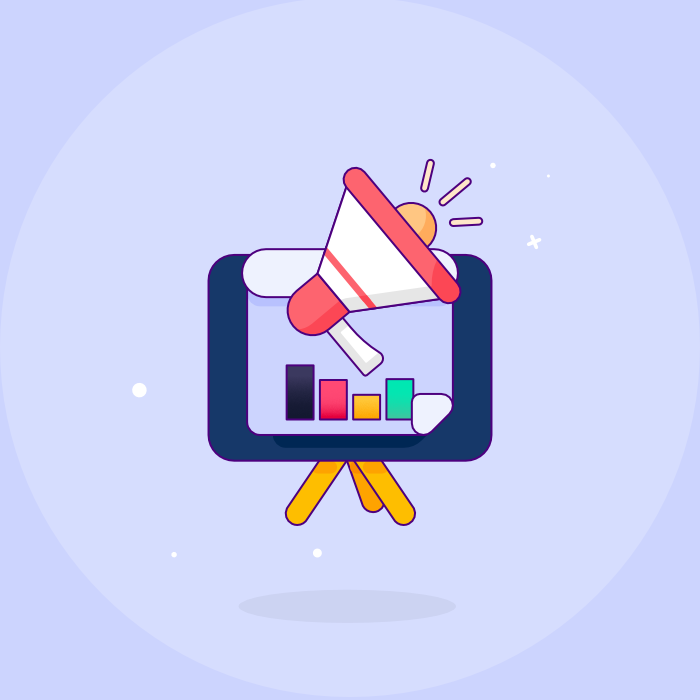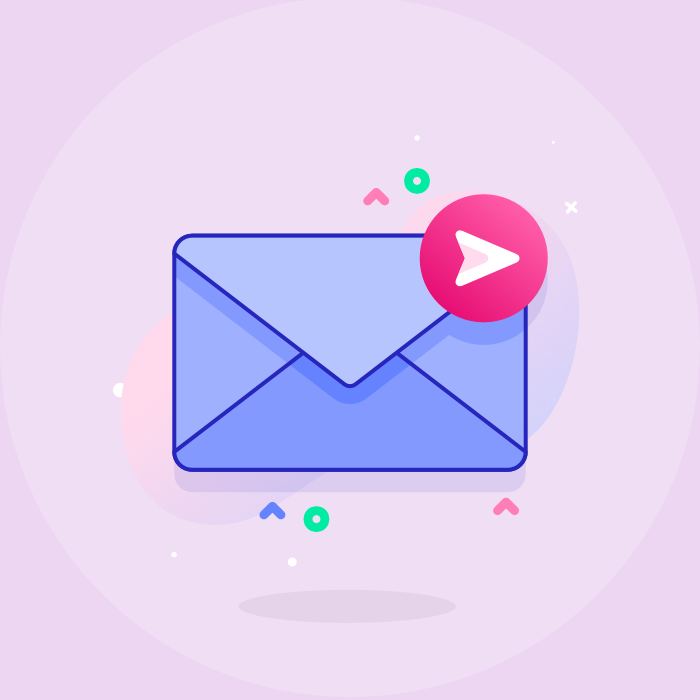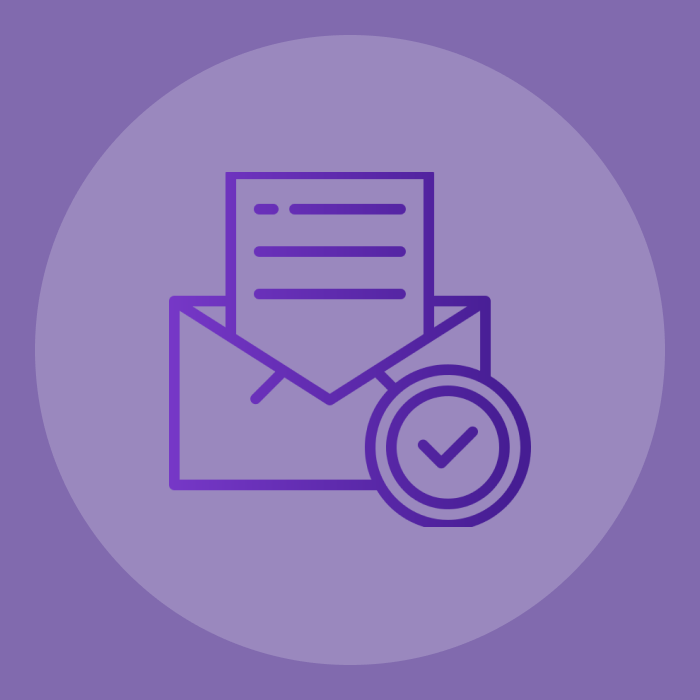In this article, we will try to explain the Digital Onboarding process, and its benefits compared to other onboarding methods.
The onboarding process is the beginning of your relationship with a client, and it starts before a customer makes the first purchase. It begins when your potential customer appears on your website for the first time and is making a decision about what to do next. So, let's discuss what you can do to create a successful digital onboarding process.
First, you should analyze the current situation and think of an ideal onboarding experience regarding your product. Always remember - you only get one chance to make a good impression on a new visitor.
Use analytics to see what users do after landing on your product's page. How long do they stay? Where are they going next? If they leave too soon, you know your onboarding process is nothing but tedious.
1. Make sure that your onboarding is customer-centric, not product-centric
Customer focus is crucial for software products, but it also applies to online store and service agency onboarding. You need good copywriters to create better onboarding content and UI designers to rethink and redesign a user interface. Chances are high that you need a third party to produce top-notch videos for educating new users.
Suppose your onboarding isn't introducing people to critical features and tips of your product or services in an appealing way. In that case, they will be more likely to find another product, another store, or another agency.
2. Inspire your customers
If your user doesn't get this feeling while onboarding: "Hey, this is awesome!" - it needs lots of improvement. There's no proper onboarding without this "wow!" moment. So it makes sense to give your users this feeling of excitement even before they sign up.
Your marketers may disagree with that because they are stuck with the conventional approach: Sign up for trial - Wow - Convert to a customer, but it's an outdated strategy. Wow! First, Register Later is a better strategy to follow.
If your product targets different audiences, you should design a few "wow!" moments for other groups of customers. One size doesn't fit all. The user in each group must get an easy way to identify themselves at the beginning of the onboarding process. After this happens, you should lead them through a different guided experience.
3. Engaging videos are crucial for creating a great onboarding experience
As mentioned above, top-notch videos are supposed to be an excellent onboarding tool because people prefer interactive content and eye-catching visuals that evoke much more excitement than simple text could do alone. As they say, if an image is worth 1,000 words, a one-minute video is worth 1.8 million.
According to the latest statistics, 96% of people have watched an explainer video to learn more about a product or service. Meanwhile, 84% of people say they decide to buy a product or service by watching a brand's video. In addition, 74% of people say they choose to buy or download a piece of software or app by watching a video.
It's even better if the explainer video is embedded right into the product. Then, your customers don't have to go to your webpage if they need to refresh something in their memories while using the software during the trial period. Customers who are taught in an engaging way how to use the tools effectively, instead of having to figure it out on their own, are more likely to purchase the product after the free trial is over.
4. Customers should understand the value your product can offer
Communicating the value of your product to your new users is essential in onboarding. Post Funnel reports that 30% of user churn is a direct result of customers not seeing the value in the product. If your potential customer doesn't understand the purpose of your product, there is no reason for them to stick with it.
Lack of use-case is another reason for moving registration further in the funnel. People should see the benefits, and they should be able to try the product before making any commitment. If your service is excellent, a commitment-free trial will significantly boost retention, and if it isn't - don't blame users for not liking your product and abandoning it.
In today's world, authenticity means a lot. Your customers should know how your product makes their lives more comfortable and meaningful.
If you don't want your customers to abandon your product, don't abandon your customers in the first place.
Let's assume now that your potential users liked the product and decided to invest in it. Proper onboarding is responsible for preserving new customers who have just committed. Probably, you are familiar with the term post-purchase dissonance.
As the digital marketing glossary states, Buyers' remorse is a feeling of regret after a purchase. It tends to be more pronounced after purchasing an expensive item that can't be readily returned or exchanged. We all know that sinking feeling, which is especially bad when we don't get any support or encouragement from the seller.
How can we make a customer happier and ease this post-purchase dissonance? Unfortunately, the window that we have for that is minimal. One of the best ways to enhance the customer's experience right after the purchase is to send them an email, more than just one.
It's not enough to welcome your customer aboard with a "Thank You" note. It would help if you organized an ongoing email sequence for further educating your customers about your product's features and benefits. For example, create a simple PDF guide explaining in-depth how everything works.
Going back to the first email, it would be a great mistake to "support" your new user with something formal, non-exciting, boring, and disappointing.
A friendly tone is a must; beautiful images could add an appealing touch, but optimizing your customer experience with a warm, welcoming video would be even better. Combining video with an email provides a robust onboarding tool for creating more fun and engaging with customers.
Famous video hosting company Wistia conducted an experiment to assess the effectiveness of using videos in email. So they conducted a split test "using two identical emails with identical content, except one had a video as the top piece of content, and the other had an illustrated graphic."
They discovered that a video with a graphic at the top had a clickthrough rate (CTR) of only 12%, while the email version with a video at the top earned an impressive 38% CTR.
5. Bonus: a few more ideas on how to use videos for winning onboarding strategy
Undoubtedly, email is a fantastic way to welcome new customers on board, help them understand how to use products or services, explain all the potential benefits, demonstrate how to access specific product features, or introduce new features.
Still, there is a downside to email onboarding, and it's the same as the downside to all email marketing: some people do not open emails regularly, and some people read their emails without watching the linked video content. Considering the existence of such people, it's not a bad idea to use video while onboarding new customers in different ways, including the followings:
- Incorporate an onboarding video introducing your product or your service on the landing page
- Welcome new users with a video that's embedded directly into your software and use the same video as a comprehensive guide to the product's settings and features
- Enhance new users' onboarding experience by incorporating a short video in tooltips - the overlays that appear when a cursor hovers over a particular element of the interface, such as a button or an icon
- Make explainer videos a part of your onboarding tutorials. Some people still enjoy reading illustrated instructions, but most prefer descriptive videos.
- Don't forget to add videos to your FAQ section. Make them as user-friendly as possible. Keep in mind that these videos can provide users with better technical support than support center specialists.
Conclusion
Onboarding isn't a simple process. With a lack of well-written content, clear explanations, helpful video instructions, and interactive tutorials, your potential customers will not understand the meaning of your product or services and will abandon it for something more appealing.
On the other side, there is a chance that you can overload new users with information. It's common to cause cognitive overload with too many models (including pop-ups, slideouts, and alerts), too many coach marks, or too many tooltips.
There should always be a balance. Stay user-centered and analyze customers' behavior. Use social media platforms to build a direct relationship with people. Value authenticity over conventional money-oriented approach. And don't forget to measure key marketing metrics regularly, and you'll be on the path to sustainable growth.
Subscribe to weekly updates
You’ll also receive some of our best posts today






